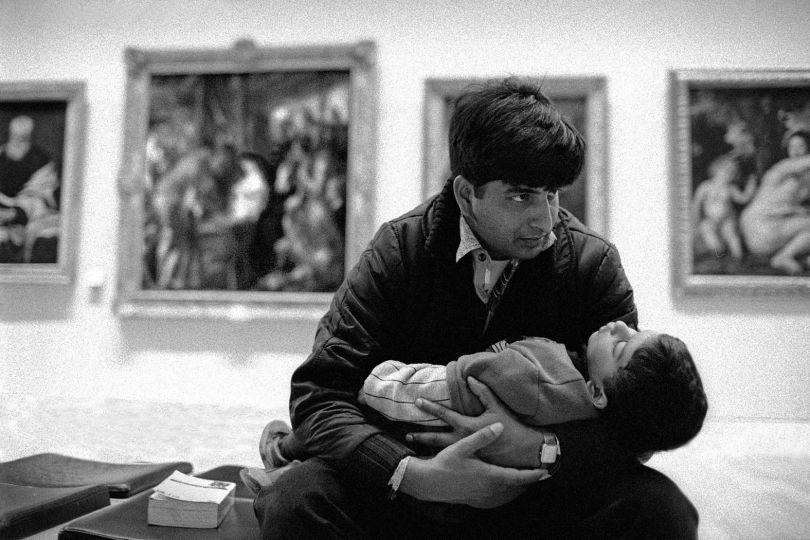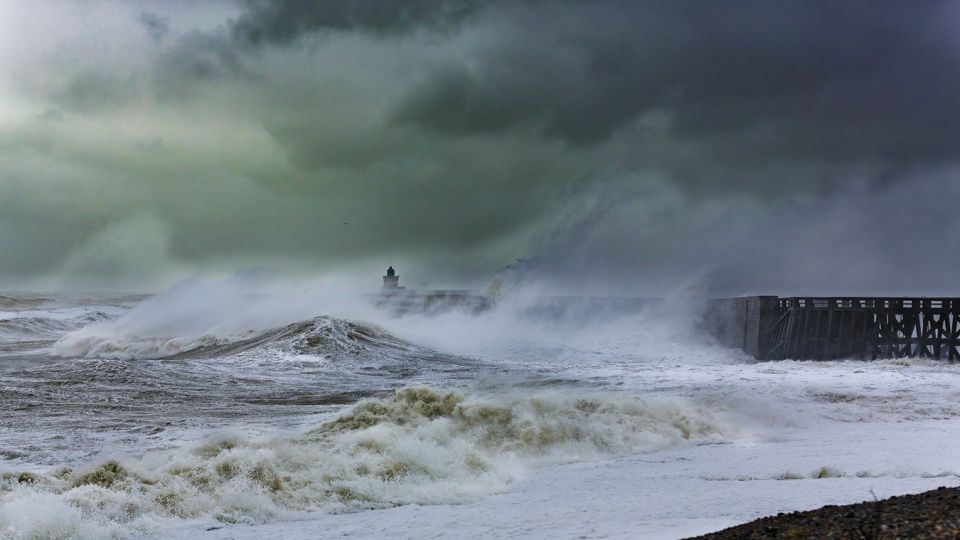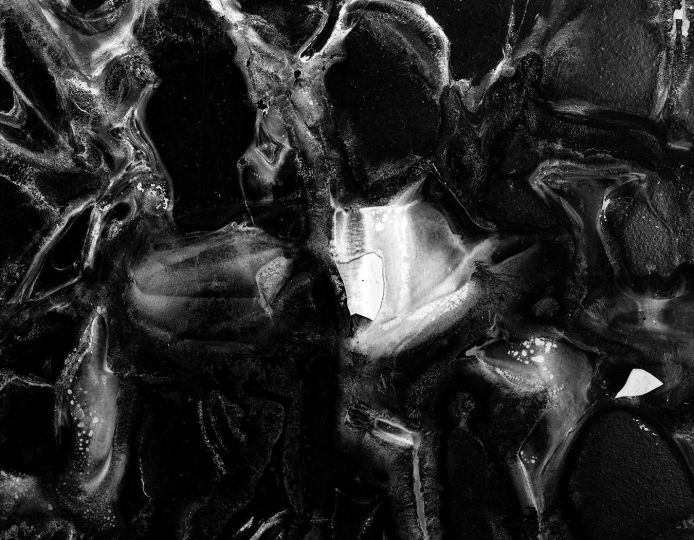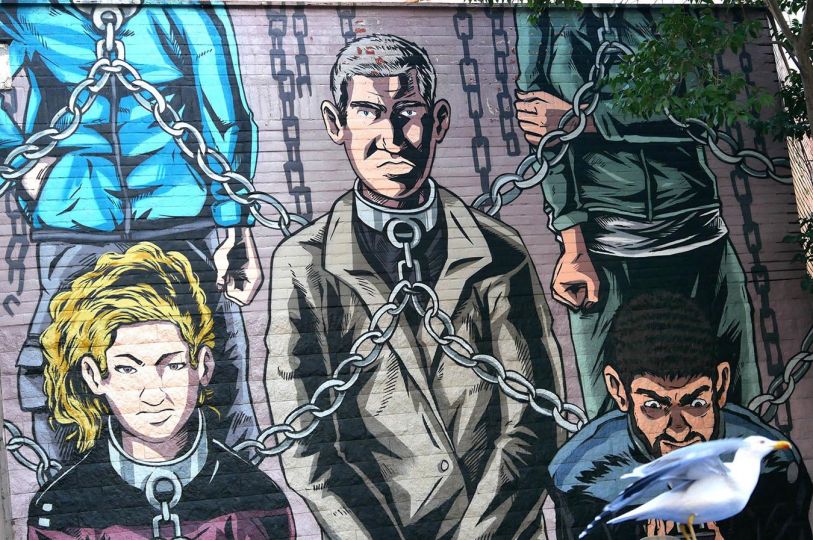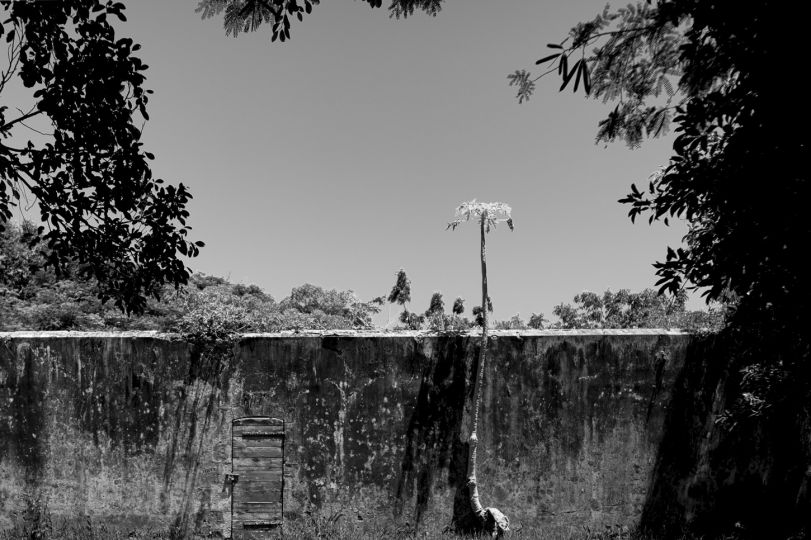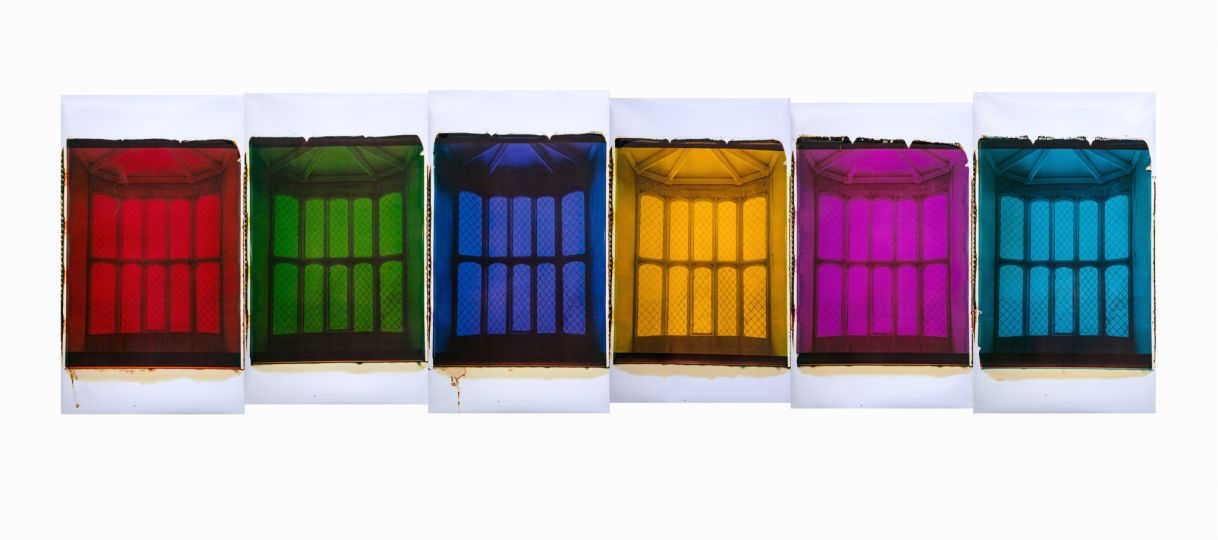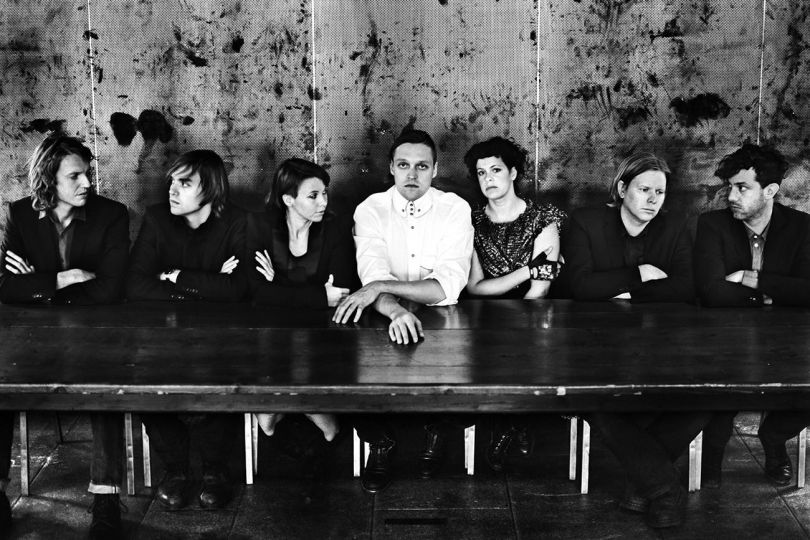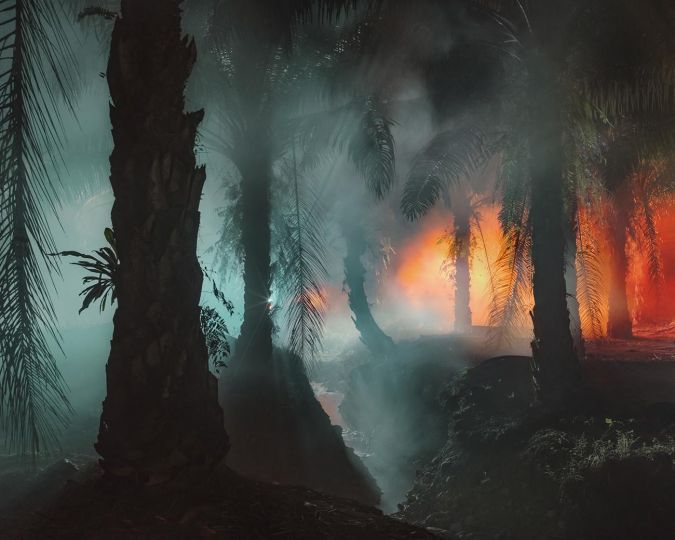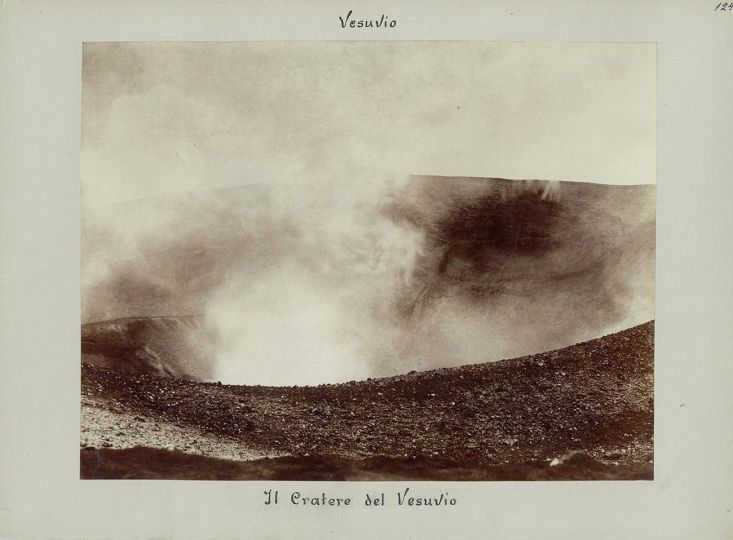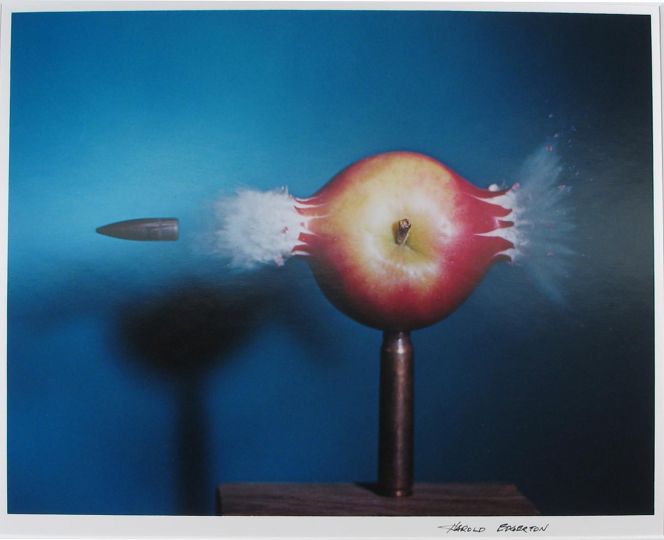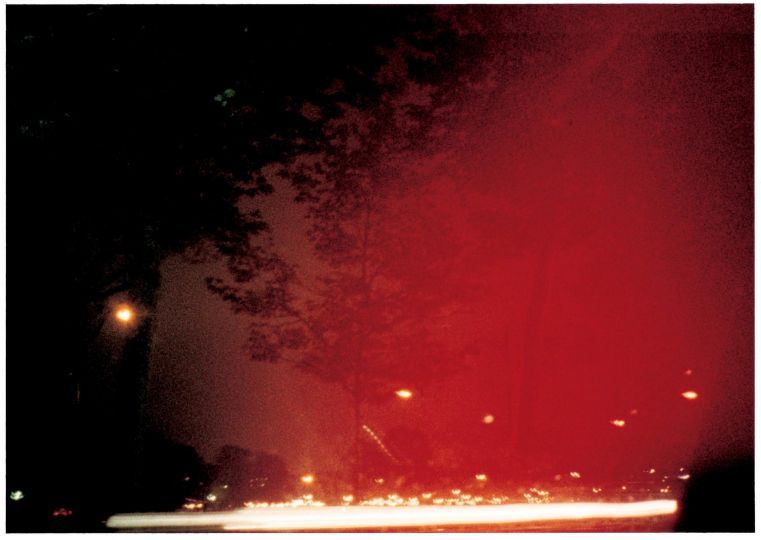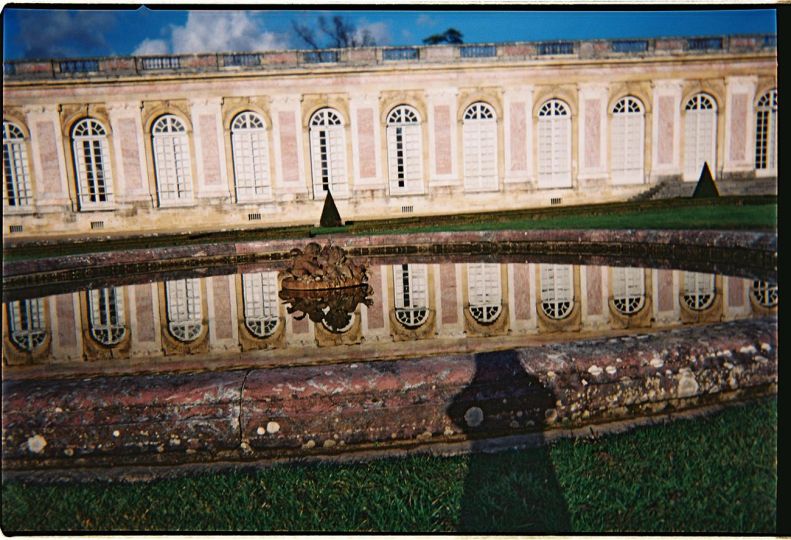Art on the fly
Presentation text borrowed from André Malraux:
… The role of museums in our relationship with works of art is so great that we find it hard to believe that they do not exist, that they never existed, where the civilization of modern Europe is or was unknown; and that they have existed in our country for less than two centuries. The 19th century lived off them; we still live off them, and forget that they imposed on the viewer a completely new relationship with the work of art. They contributed to freeing the works of art they brought together from their function; to transforming them into paintings, even portraits. If the bust of Caesar, the equestrian Charles V, are still Caesar and Charles V, the “Duke of Olivares” is nothing more than Velazquez. What do we care about the identity of “the Man with the Helmet”, “the Man with the Glove”? Their names are Rembrandt and Titian. The portrait ceases to be first of all the portrait of someone. Until the 19th century, all works of art were the image of something that existed or did not exist, before being works of art. In the eyes of the painter alone, painting was painting; even then it was often also poetry. And the museum removes from almost all portraits (even if they were from a dream), almost all their models, at the same time as it tears their function from works of art: it no longer knows any palladium, any saint, any Christ, any object of veneration, of resemblance, of imagination, of decoration, of possession; but images of things, different from the things themselves, and drawing from this specific difference their reason for being. It is a confrontation of metamorphoses.
André Malraux, the Imaginary Museum (introduction)

